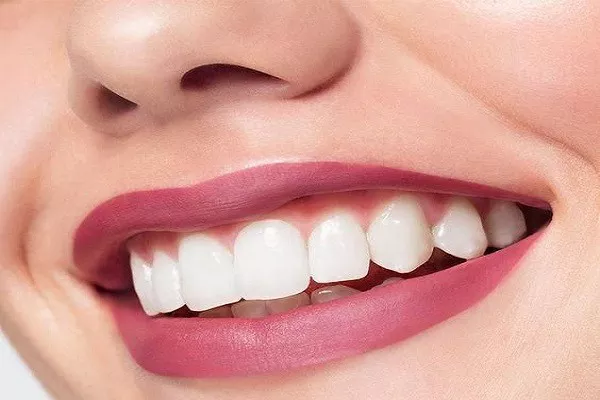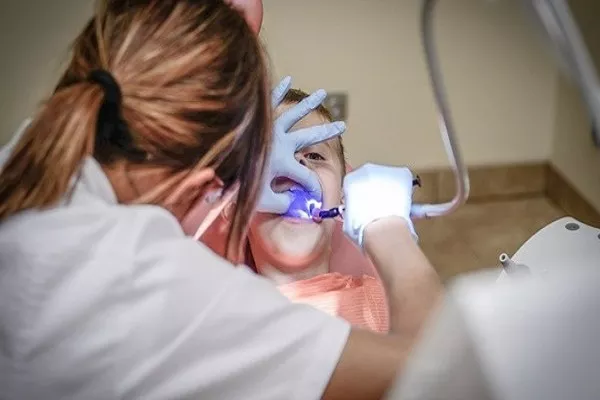In the realm of oral health, gingivitis is a term that frequently surfaces, and for good reason. This common gum disease can have a significant impact on your overall well-being if left untreated. In this comprehensive article, we will delve into what happens when you have gingivitis, exploring its symptoms, causes, treatment options, and how to prevent this condition. Let’s embark on a journey to discover the world of gingivitis and its potential consequences.
I. Gingivitis Symptoms
Gingivitis, the earliest stage of gum disease, often starts silently, but there are unmistakable signs to watch out for. Recognizing these symptoms can help you take prompt action to prevent further oral health complications. The typical symptoms of gingivitis include:
When you brush or floss your teeth, do your gums bleed easily? This is a common early sign of gingivitis. The inflammation of the gums can make them more susceptible to bleeding during oral care routines.
Redness and Swelling:
Inflamed gums are a key indicator of gingivitis. Healthy gums have a pinkish hue, while those affected by this condition may appear redder and swollen.
Persistent bad breath, also known as halitosis, is often linked to gingivitis. The bacteria thriving in the inflamed gum tissues release foul-smelling substances that cause unpleasant breath.
II. Gingivitis Causes
Understanding the root causes of gingivitis is essential in preventing its onset or progression. Here are the primary factors contributing to the development of this gum disease:
Poor Oral Hygiene:
Failing to maintain a rigorous oral hygiene routine is a leading cause of gingivitis. Inadequate brushing and flossing allow plaque and bacteria to accumulate, leading to gum inflammation.
Smoking and Tobacco Use:
Tobacco use is closely associated with a higher risk of gingivitis. Smoking impairs blood flow to the gums, making it harder for them to heal and resist infections.
Medications:
Certain medications, such as antihypertensives and anticonvulsants, can cause gum overgrowth, increasing the risk of gingivitis.
Diabetes:
People with diabetes are more susceptible to gum disease, including gingivitis, due to their compromised ability to fight infections.
III. Gingivitis Treatment
The good news is that gingivitis is a reversible condition with the right treatment. Here are the steps involved in effectively treating gingivitis:
Professional Dental Cleaning:
A dental hygienist will perform a thorough cleaning, removing plaque and tartar that have accumulated on your teeth and gums.
Improved Oral Hygiene:
Your dentist will provide guidance on proper brushing and flossing techniques. Consistent oral care at home is crucial to prevent the recurrence of gingivitis.
Antimicrobial Mouthwash:
In some cases, your dentist may recommend an antimicrobial mouthwash to help reduce the bacteria causing gum inflammation.
Addressing Underlying Conditions:
If medical conditions or medications contribute to gingivitis, it’s important to manage them effectively. Consult your healthcare provider for guidance.
IV. Oral Hygiene Best Practices
Preventing gingivitis involves more than just addressing it once it occurs. Maintaining a high standard of oral hygiene can go a long way in protecting your gums and teeth. Here are some best practices to consider:
Brush Regularly:
Brush your teeth at least twice a day with a fluoride toothpaste. Be gentle but thorough to remove plaque effectively.
Floss Daily:
Flossing helps remove food particles and plaque from between your teeth and along the gumline, where a toothbrush can’t reach.
Use an Antimicrobial Mouthwash:
Incorporating an antimicrobial mouthwash into your routine can help reduce the number of bacteria in your mouth, promoting gum health.
Regular Dental Check-Ups:
Don’t skip your regular dental check-ups and cleanings. Your dentist can detect gingivitis in its early stages and provide appropriate guidance.
Healthy Diet:
A balanced diet rich in fruits, vegetables, and lean proteins can support overall oral health.
Quit Smoking:
If you smoke, quitting can significantly reduce your risk of developing or worsening gingivitis
V. Gum Disease Prevention
Prevention is always better than cure, and the same holds true for gingivitis. Here are additional measures to prevent gum disease and maintain optimal oral health:
Maintain a Consistent Oral Care Routine:
Stick to a daily regimen of brushing, flossing, and rinsing with mouthwash.
Manage Stress:
Chronic stress can weaken your immune system, making it harder for your body to fend off gum infections.
Limit Sugar and Processed Foods:
Excessive sugar consumption can contribute to tooth decay and gum issues. Choose whole, nutritious foods.
Stay Hydrated:
Drinking water helps wash away bacteria and debris in your mouth, promoting gum health.
Stay Informed:
Keep yourself updated on the latest developments in oral health and hygiene to make informed decisions about your dental care.
In Conclusion
Gingivitis may seem like a common and relatively mild condition, but its implications for your overall health should not be underestimated. Recognizing the symptoms, understanding the causes, and adopting effective prevention and treatment strategies are crucial steps in maintaining a healthy smile and a healthier you. By prioritizing your oral health and following the recommended guidelines, you can prevent gingivitis from causing more serious dental issues down the road.
Related Links:
Why bleeding gums during pregnancy?
Is gingivitis a bacterial infection?
How is gingivitis transmitted?
































